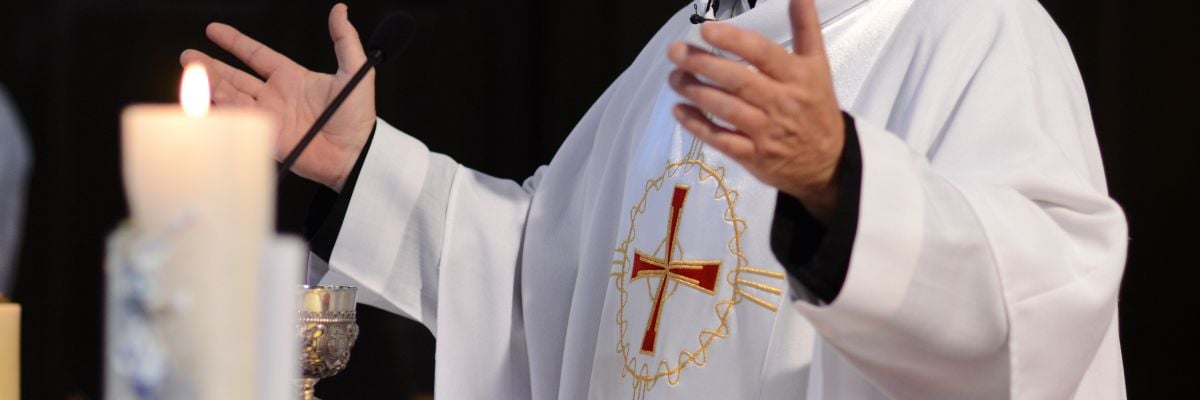
Question:
Answer:
I’d let them know that the heart of the Mass is offering anew the one redemptive Paschal Sacrifice of Calvary that Jesus Christ made on behalf of all mankind. (People’s interest can be peaked when they hear something’s been done on their behalf, as well as that what Christ has done has worldwide magnitude in its impact.)
Some might ask how can one sacrifice be offered anew, as people are used to sacrifices being consumed in the very act of their being sacrificed, e.g., Old Covenant Passover lambs (see Exod. 12).
Acknowledge that’s true, but then point out that Jesus’s self-offering is different precisely because he’s God. Indeed, because Jesus is priest, victim, and divine, his is the one sacrificial “gift that keeps on giving,” now and forever, to advance a theme that Hallmark made popular.
Explain that God chose the descendants of Abraham to be a blessing for the whole world (Gen. 22:18), first establishing the nation (Gen. 15) and then kingdom of Israel (Gen. 17). Jesus became man as the Messiah to restore the kingdom of Israel (see Luke 1:31-33), thereby establishing his Church (Matt. 16:18-19) and commissioning it to make disciples of all nations (Matt. 28:18-20).
Because he’s divine, Jesus is able to reconcile the people of Israel and mankind in general to God the Father by his atoning sacrifice for all of our sins (see John 3:16-17).
Jesus’ one sacrifice fulfills the annual Old Covenant Passover sacrifice, whereby we partake of Jesus’ body and blood as the Lamb of God who takes away the sins of the world (John 1:29, 35, 1 Cor. 5:7, Luke 22:19-20) and thereby partake of eternal life (John 6:47-69).
In addition, Jesus’ sacrifice fulfills the annual Day of Atonement sacrifices, in which the high priest of Israel offered a goat for the people of Israel’s sins and a bull for his own sins (Lev. 16). There were two distinct phases that had to be completed for these offerings to be acceptable to God: 1) The slaughter of the victims on the bronze altar of sacrifice; and 2) The taking of their blood into the holy of holies of the ancient Temple in Jerusalem, which would then be sprinkled on and before the mercy seat of God, perched above the Ark of the Covenant.
Similarly, in Christ’s fulfillment of these sacrifices (Heb. 9:11-14), we see that Jesus’ sacrifice didn’t began and end on Calvary, nor even with his glorious Resurrection, as he tells Mary Magdalene not to cling to him because he’s not yet ascended to his Father in heaven (John 20:17).
In other words, there’s something more for Jesus to do to complete his one sacrifice. Hebrews 9:11-14 illustrates that something Jesus further does, as he ascends to a heavenly sanctuary not made by hands and brings not the blood of a goat and calf (bull), as the high priest did every year on the earthly Day of Atonement, but his own. And because Jesus’ sacrifice culminates in the timeless realm of heaven, it culminates in everlasting glory! (Heb. 7:23-25, 9:23-24). At Mass, we participate in and offer anew Christ’s one sacrifice, as heaven and Earth become most profoundly one.
More could be said, but that’s a good start. For more information, please see an interview regarding my book on the biblical roots of the Mass, which is now published by Sophia Institute Press and available from Catholic Answers.
Please also see my colleague Karlo Broussard’s article on how “The Mass Is Profoundly Biblical.”



